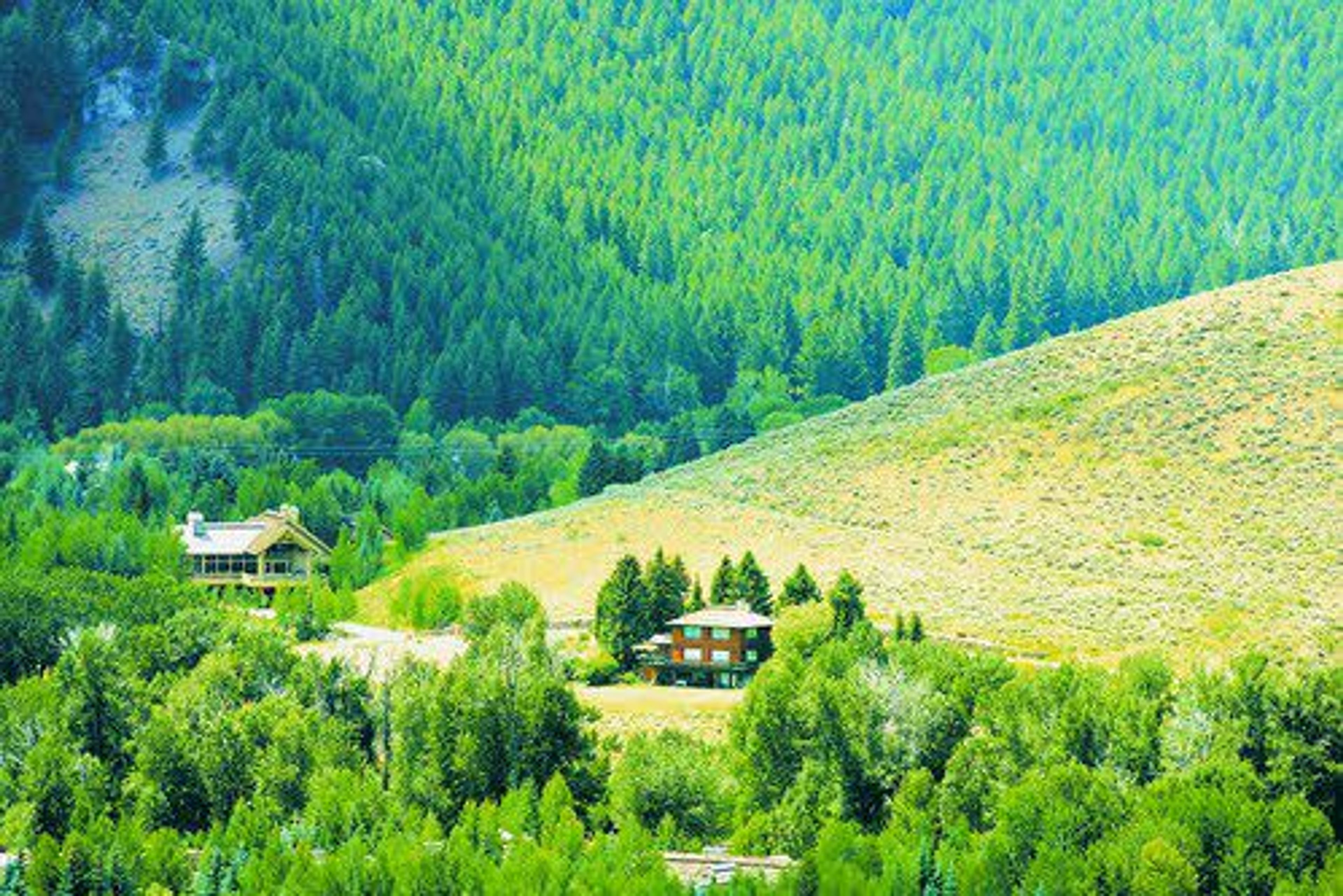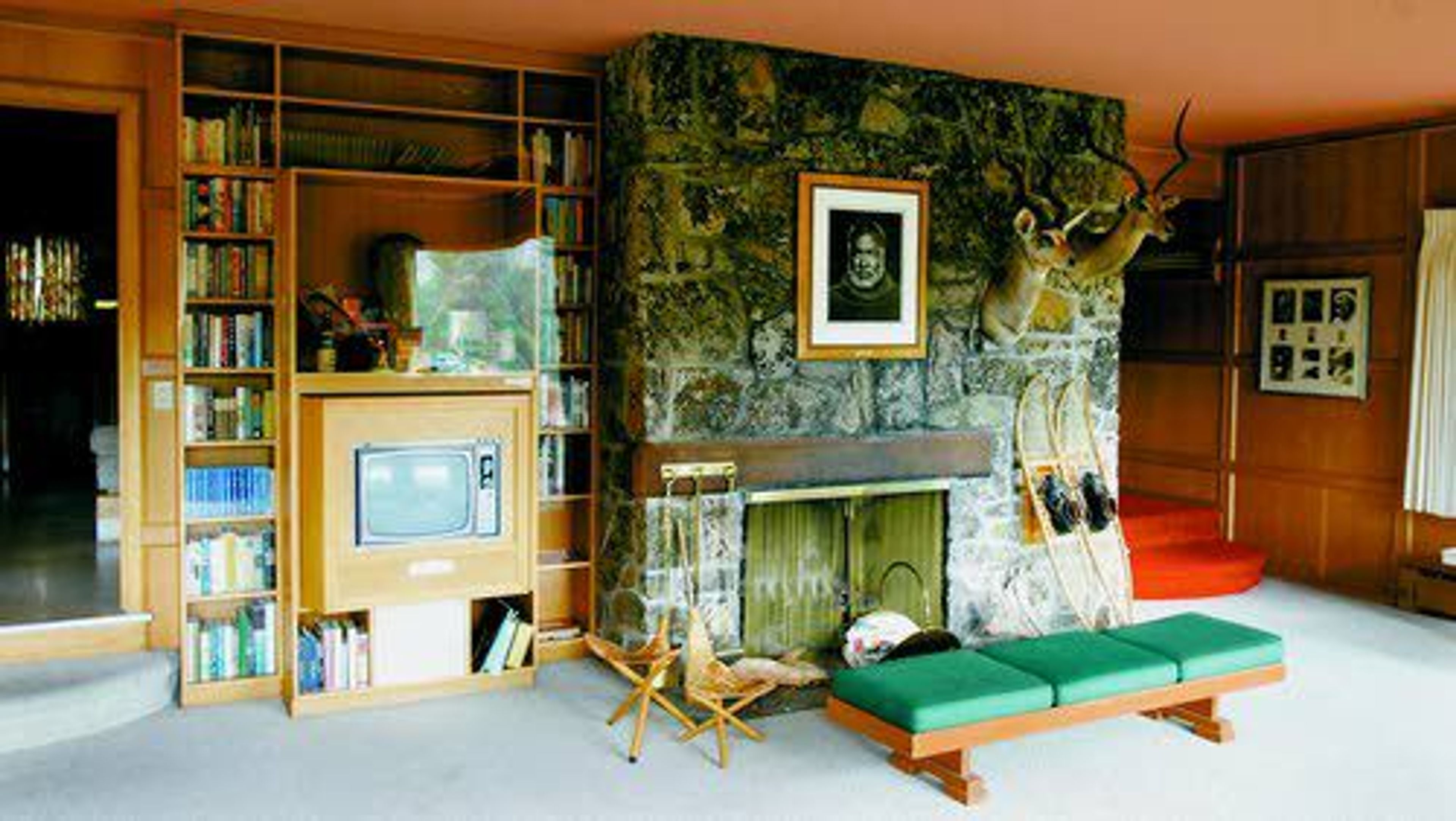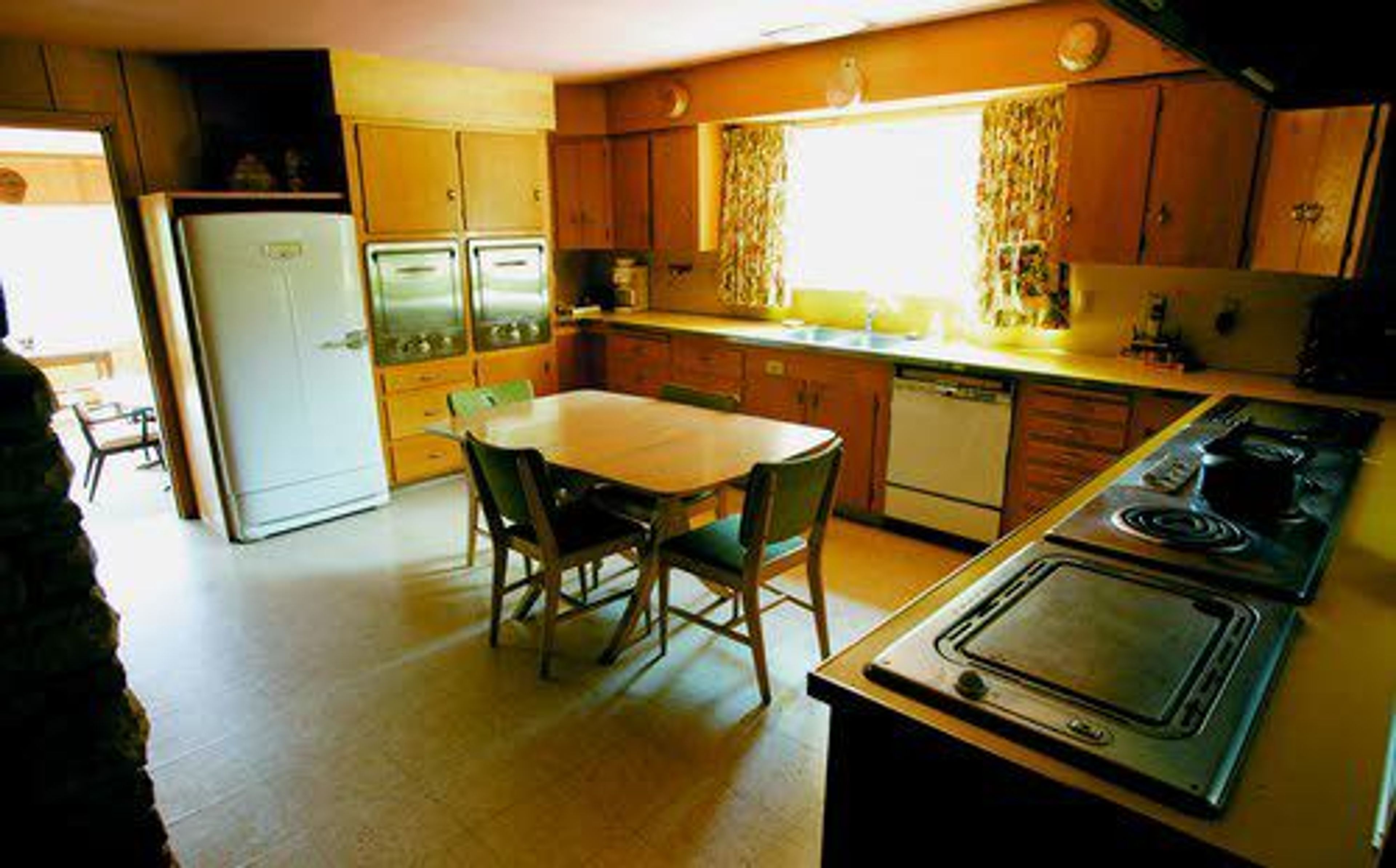BOISE - Ownership of the Idaho house where Ernest Hemingway wrote some of his last works before killing himself in the main entryway in 1961 has changed hands but will stay off limits to the public.
The Nature Conservancy transferred the two-story, 2,500-square-foot house in the Idaho resort town of Ketchum earlier this month as a gift to the Community Library, a privately funded public library.
Library officials say an apartment in the house will be renovated for a residency program for visiting writers, scholars and artists starting next year.
"What having the Hemingway house does for the Community Library is situate our Idaho community in this global network," executive director Jenny Emery Davidson said Tuesday.
Hemingway aficionados frequently take to what's called the Hemingway trail, which includes stops tied to the globe-trotting author's many adventures. The area in Idaho is packed with such areas, including Hemingway's grave in the Ketchum cemetery.
The house has many of the author's personal possessions, and some will be put on display at the Sun Valley Museum of History, Davidson said. They include a bull's tail given to Hemingway following a bullfight in Spain, correspondence with locals Hemingway befriended and hunting paraphernalia, she said.
Hemingway owned the house from April 1959 until his suicide in July 1961 at age 61, when he feared that he had lost his ability to write to his standards, biographers say. The author worked on "A Moveable Feast" and "The Dangerous Summer" at the house, which was listed on the National Register of Historic Places in 2015.
The author's wife, Mary Hemingway, who died in 1986, gave the house to the Nature Conservancy but with restrictions that precluded operating it as a public museum. The group used the house as a field office before outgrowing it.
Owning the house has never been a good fit for the conservation organization dedicated to preserving the kind of wild places that drew Hemingway to Idaho. That made it difficult for the group to justify the annual upkeep on the house built in 1953 above a tree-lined river with views of snow-topped mountains.
The 13.9 acres included with the house are worth millions, but the house is small and outdated compared with the mega-mansions common in the area.
The Community Library has a base of wealthy locals to draw from to help pay for what it estimates is $1.5 million in annual expenses for upkeep and its plans for the house.
The Carr Foundation supplied the initial money to make the transfer of the Hemingway home feasible. Davidson declined to say how much philanthropist Gregory Carr, who was born in Idaho and owns a home in the Ketchum area, donated.
"People are interested in Hemingway, but the people who have stepped up so far are people who care about Idaho," Davidson said.
She also said the home is a perfect fit for the library, which has a regional history division and is keen to promote the area's literary icon. She said it's even possible new insights could be discovered.
"We have not told the story of Hemingway and the American West as we could," she said.










